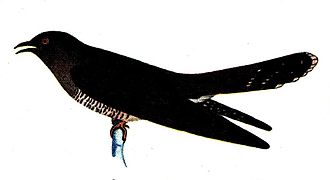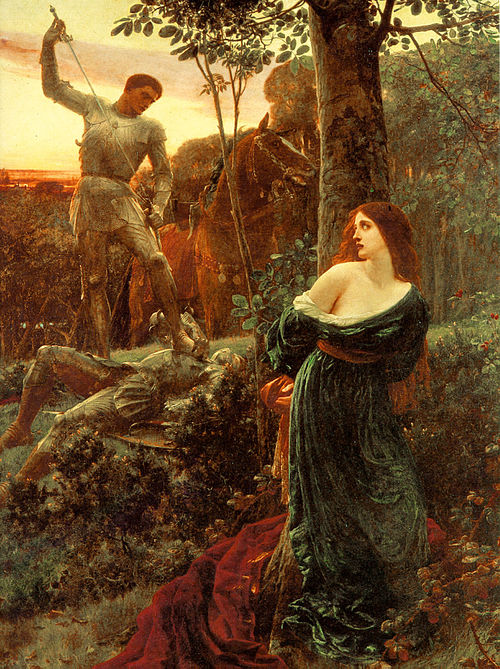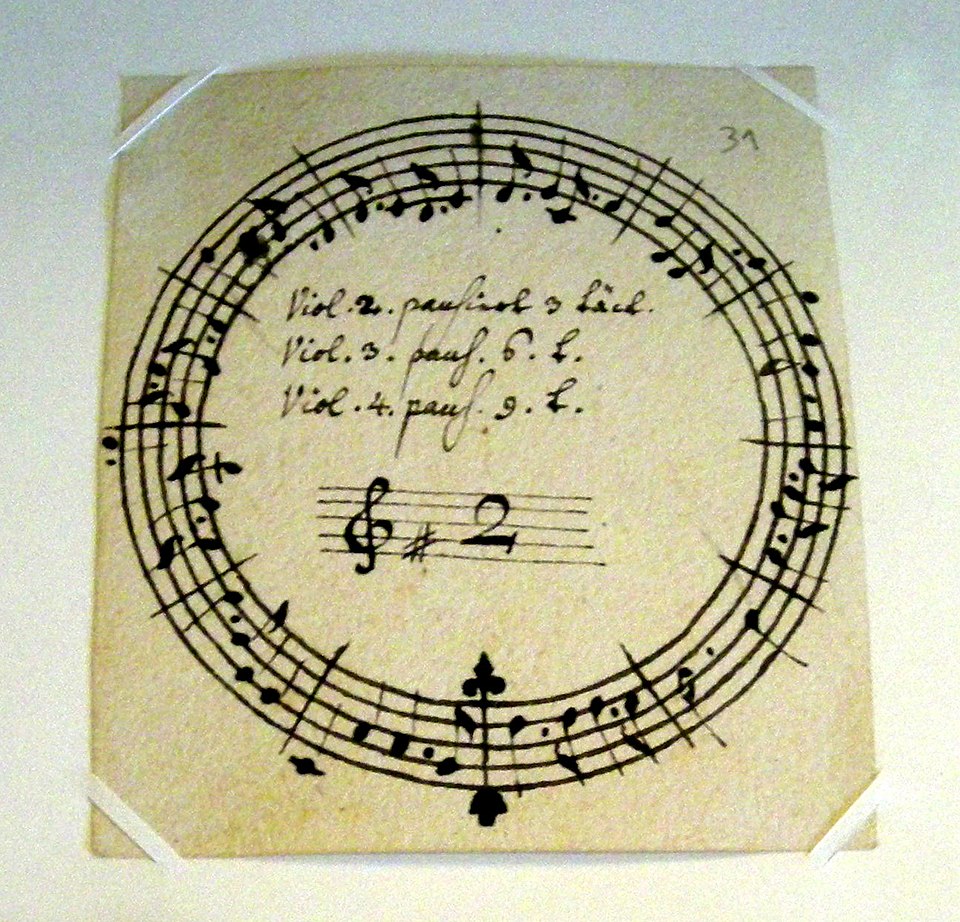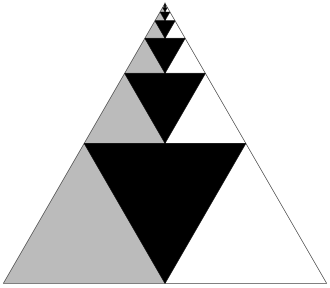From Gerald Lynton Kaufman’s The Book of Modern Puzzles (1954):
- All DROONS are the same size and shape.
- All green SLACKENS are the same size and shape.
- Twenty DROONS just fill up a MULDRUFF.
- All WALLAXES contain green SLACKENS.
- A green SLACKEN is 10% bigger than a DROON.
- A WALLAX is smaller than a MULDRUFF.
“If all MULDRUFFS and all WALLAXES are predominantly RED throughout, what is the largest possible number of green SLACKENS in a WALLAX?”
Eight. If a MULDRUFF holds 20 DROONS, and a green SLACKEN is 10% bigger than a DROON, then a MULDRUFF can accommodate at most 18 green SLACKENS. And if a WALLAX is smaller than this, then it can hold at most 17 green SLACKENS. But if each WALLAX is predominantly red, then the proportion of green SLACKENS in its contents can’t be more than one-half. So the largest number of green SLACKENS it can contain is 8.
11/22/2025 UPDATE: This is just wrong. Let a DROON have size 1. Then a MULDRUFF has capacity 20, and a green SLACKEN has size 1.1. So our MULDRUFF will accommodate 9 green SLACKENs (= 9.9) and 10 DROONS (= 19.9 < 20). Now we can transfer this cargo to a WALLAX of, say, capacity 19.95 and fulfill the terms of the problem with 9 (not 8) green SLACKENS -- the WALLAX remains predominantly red by both number and volume. Thanks to everyone who wrote in about this.
[/spoiler]





